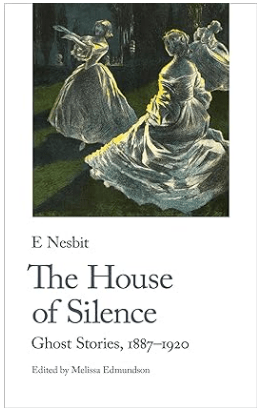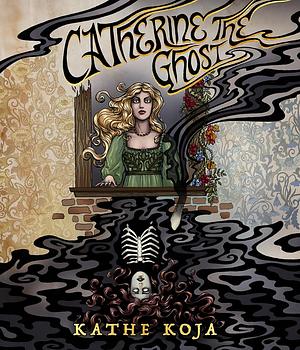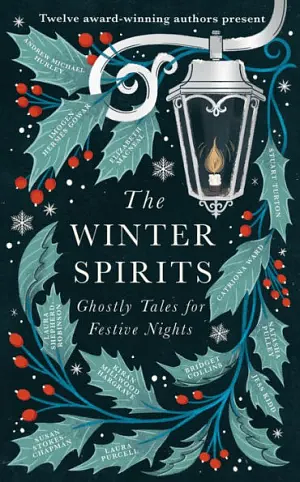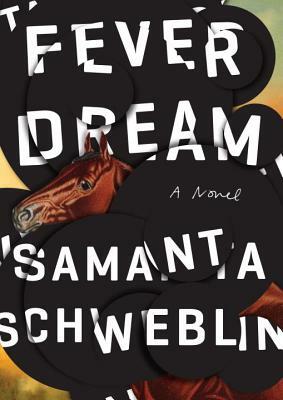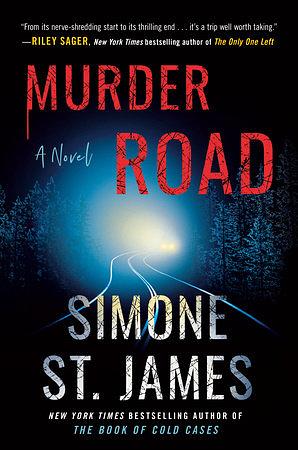I had hoped this book would arrive early enough before Christmas to fit it into my December schedule. It did not. However, early January is almost as good. For this book, because it includes stories from so many well-known current authors, I thought I’d give a little synopsis of each story.
“Host” by Kiran Millwood Hargrave
Young Mary and her brother Abel have been moved out of the workhouse to Jacob’s Island to fend for themselves in Victorian London. Mr. and Mrs. Griffith have lost their daughter and have spent all their money on a spiritualist to contact her. Now she says there’s a way to bring their daughter back, but they need a host her same age.
“Inferno” by Laura Shepherd-Robinson
In 18th century Italy Jasper travels to a villa in the middle of a lake to flee his deceased wife’s brothers—out to punish him for how he treated her. He’s planning to meet friends there, but they are nowhere to be seen. Soon, he finds out why.
“The Old Play” by Andrew Michael Hurley
Morgan returns to an old theater every year to play the Beggar in the Old Play. It is a family tradition, but since WW II the Committee has changed the play to make it more “authentic.” This year, last-minute changes affect Morgan.
“A Double Thread” by Imogen Hermes Gowar
When a 19th century society woman takes refuge with her aunt in Penzance while her husband is on trial for burning one of his factories, her maid leaves. Her aunt recommends Nora Landry, a shy woman with no experience but a notable needlewoman. Although Nora is making her a beautiful dress, the woman treats her shamefully over a small incident and there is a death. But that’s not the end of it.
“The Salt Miracles” by Natasha Pulley
Flint goes to the island of St. Hilda because he’s heard that some pilgrims have disappeared. When he gets there, he learns of miracles among the pilgrims followed by disappearances, and he actually witnesses some. Could he really be glimpsing a man with antlers?
“Banished” by Elizabeth Macneal
An 18th century ghost whisperer arrives at the home of Lord Grange to help get rid of the ghost of his wife. Lord Grange says she is maniacal and vengeful, and she certainly seems to be so. But is there a reason for that? This story is the author’s fancy based on actual events.
“The Gargoyle” by Bridget Collins
At her publisher’s demand, a writer goes to a small town to work on her novels. Although her cottage is comfortable, she hears weird scrabbling noises at night. Soon, she gets unanticipated help with her draft.
“The Master of the House” by Stuart Turton
At the turn of the century, Henry Carrow is a widower left with his young son, Thomas, in whom he is not much interested. Thomas seems to be becoming rebellious, and he tells his father that the Master of the House is going to take him at midnight on Christmas Eve unless he intervenes. But of course Henry thinks he is fantasizing.
“Ada Lark” by Jess Kidd
Ada Lark is a small girl who works for the medium Madam Bellerose. To do her work, she must be shut into the base of the medium’s table, her arms raised above her head to operate the various mechanisms. Madam Bellerose can punish her by closing the lattice, thus cutting off her air. One day an old pal approaches Madam Bellerose with a scheme. If she can convince the bereaved Lady Bentham that her dead child wants her to marry him, he’ll give her enough money to live in comfort. But what will it mean for Ada if Madam Bellerose retires?
“Jenkin” by Catriona Ward
Maggie and Vera are orphaned young women circa 1950. Maggie wants the two of them to move to New York and learn to be secretaries, but Vera doesn’t want to go. Maggie hides the secret of Jenkin, a creature that appears to her whenever she lies, and she has several secrets, some of which come out when Vera is invited to stay with their aunt in Maine.
“Widow’s Walk” by Susan Stokes-Chapman
In the 18th century, Honoria is a renowned fan maker. Her husband has disappeared and the rumor is that he ran off with another woman. The Christmas ball is approaching, and Honoria is personally making a special fan for Amelia Whiting, a young woman she knew to be her husband’s lover. It is supposed to be made of ivory, but Honoria has found a good substitute.
“Carol of the Bells and Chains” by Laura Purcell
Abigail is the governess of three bratty and spoiled and one good child, who is unnoticed by her parents. After one especially frustrating afternoon, she tells the children the old folktale of Krampus.
_________________________
This is a rather mediocre collection of stories, most of which seem to be trying too hard to be Gothic. I only really liked Jess Kidd’s and Elizabeth Macneal’s stories. Many of the stories were predictable while others were too unlikely. None of them sent a chill down my spine.
Related Posts
The Oxford Book of Victorian Ghost Stories
Midwinter Murder
The Christmas Card Crime and Other Stories

